Sixty paintings from the Boston-based Museum of Bad Art (MOBA) are currently on display at the Huashan 1914 Creative Park. Created not by acclaimed artists but ordinary people, these works boast oddities, absurdities or simply ugliness — qualities that are equally as eye-catching as exquisite fine art.
The museum numbers more than 600 pieces in its permanent collection, many of them purchased from thrift shops, yard sales and secondhand stores. Part of the collection was donated by its creators, while some were retrieved from rubbish bins.
To be accepted by MOBA, the work must be original, have had no prior appearance in a museum or gallery, and possess a certain attention-grabbing quality.
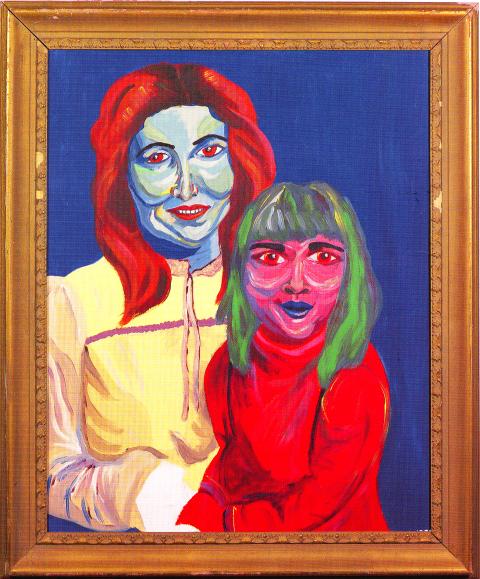
Photos Courtesy of Kuan Hung Arts
For example, Mama and Babe — a half-length portrait of two females with rigid facial contours — screams contrasting colors of red and green. Its title suggests that the figures are mother and daughter, and the explanatory panel indicates that the mother is a parody of a former US first lady.
Poor execution of artistic expression doesn’t guarantee a ticket to MOBA’s collection. Pablo Presley was selected for showcasing a version of Elvis Presley that’s different from the typical Elvis-in-black-velvet portraits found in many souvenir shops, says the exhibition catalog. The creator of this painting, Bonnie Daly, had taken another approach, interpreting the King of Rock ‘n’ Roll in the style of Pablo Picasso.
Some paintings look like nothing special until closer examination. Red Rose Serenade features a piano keyboard with incorrectly arranged keys — an oddity that begs an observant eye to detect it.
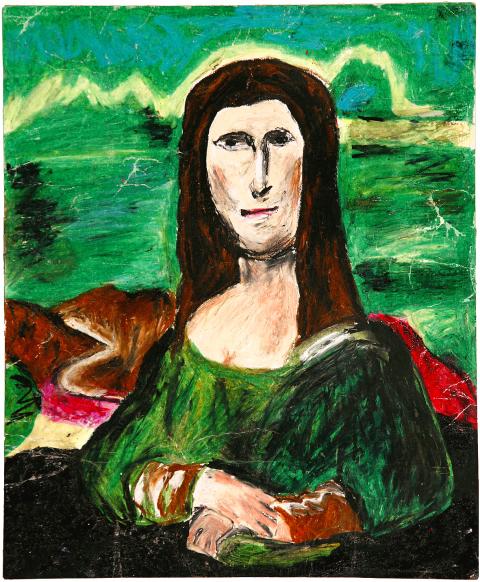
Photos Courtesy of Kuan Hung Arts
The exhibition includes several imitations of masterpieces. Badminton Anyone? vaguely resembles 18th-century French painter Jean-Baptiste-Simeon Chardin’s Girl with Shuttlecock in terms of composition. But Badminton Anyone? features a boyish-looking woman and a modern-day racquet that stray from the original big-time, and its far-from-competent technique evokes a smile.
Even though MOBA seems to imply there’s a such thing as “bad art,” its underlying message calls for an open-minded spirit in art appreciation. By showing ordinary paintings that were never meant to enter fine art museums or to be displayed in public, MOBA questions what qualifies as art. Amateur artists may lack the sophisticated drawing skill of professionals, but the value of their works isn’t necessarily lesser.
That being said, many of the explanatory panels in this exhibition illuminate not only how MOBA acquired the work but also provide art commentary, which either leads or limits the viewer’s mind. Instead of including commentary on the panels, curators should have set up a separate section for such information to avoid explaining too much on the spot.
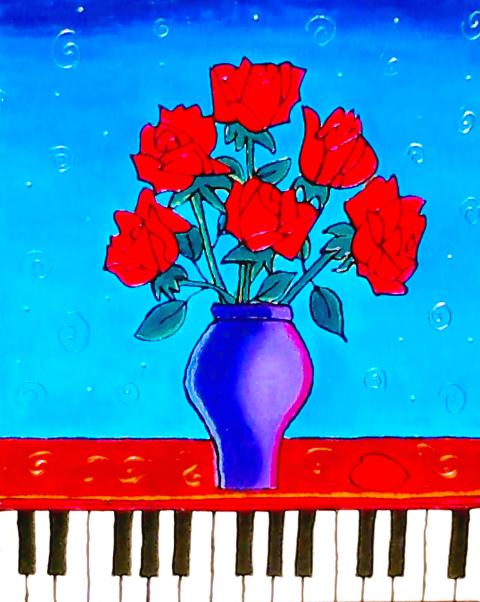
Photos Courtesy of Kuan Hung Arts
Another problem is that the 60 paintings are categorized into 11 sections based on confusing, often capricious criteria. For instance, paintings in the Poker Area don’t really have anything to do with the card game, but are simply presented on large poker cards. Other sections such as the Furnace Area, Bed Area and Spider Net Area are home to paintings that would otherwise have been burnt, hidden under the bed or covered by a spider net, but the value of grouping paintings in this way was lost for this reviewer. Without this extra layer of meaning imposed on the paintings, MOBA’s message might have been more accessible.
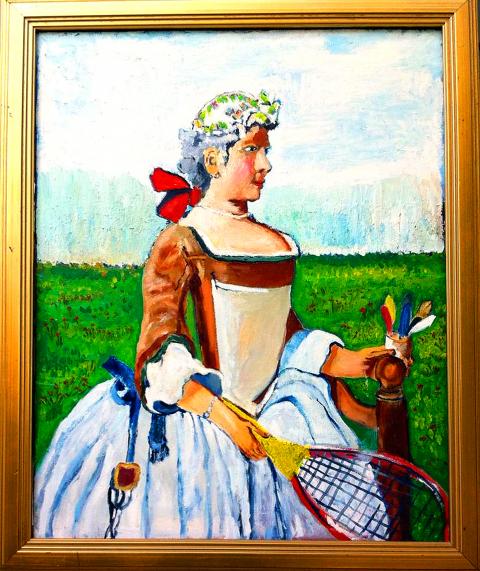
Photos Courtesy of Kuan Hung Arts
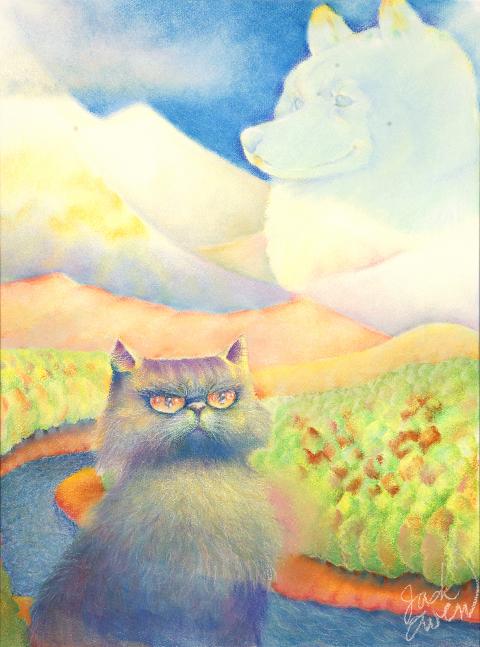
Photos Courtesy of Kuan Hung Arts
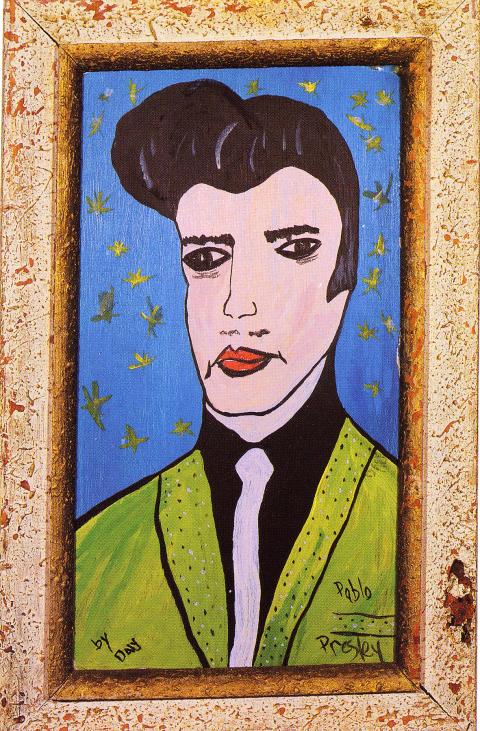
Photos Courtesy of Kuan Hung Arts
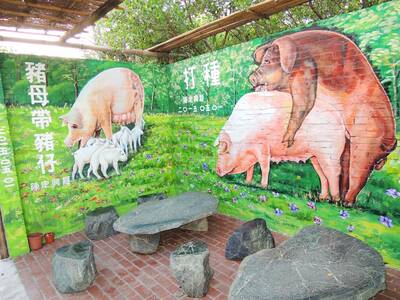
May 6 to May 12 Those who follow the Chinese-language news may have noticed the usage of the term zhuge (豬哥, literally ‘pig brother,’ a male pig raised for breeding purposes) in reports concerning the ongoing #Metoo scandal in the entertainment industry. The term’s modern connotations can range from womanizer or lecher to sexual predator, but it once referred to an important rural trade. Until the 1970s, it was a common sight to see a breeder herding a single “zhuge” down a rustic path with a bamboo whip, often traveling large distances over rugged terrain to service local families. Not only
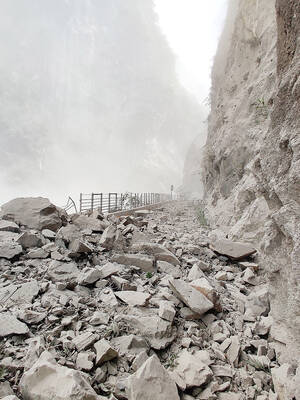
Moritz Mieg, 22, lay face down in the rubble, the ground shaking violently beneath him. Boulders crashed down around him, some stones hitting his back. “I just hoped that it would be one big hit and over, because I did not want to be hit nearly to death and then have to slowly die,” the student from Germany tells Taipei Times. MORNING WALK Early on April 3, Mieg set out on a scenic hike through Taroko Gorge in Hualien County (花蓮). It was a fine day for it. Little did he know that the complex intersection of tectonic plates Taiwan sits
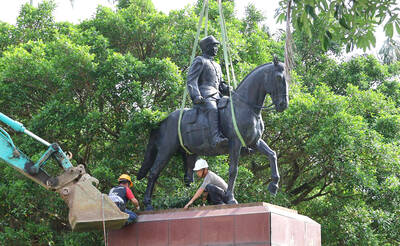
The last time Mrs Hsieh came to Cihu Park in Taoyuan was almost 50 years ago, on a school trip to the grave of Taiwan’s recently deceased dictator. Busloads of children were brought in to pay their respects to Chiang Kai-shek (蔣中正), known as Generalissimo, who had died at 87, after decades ruling Taiwan under brutal martial law. “There were a lot of buses, and there was a long queue,” Hsieh recalled. “It was a school rule. We had to bow, and then we went home.” Chiang’s body is still there, under guard in a mausoleum at the end of a path

Last week the Directorate-General of Budget, Accounting and Statistics (DGBAS) released a set of very strange numbers on Taiwan’s wealth distribution. Duly quoted in the Taipei Times, the report said that “The Gini coefficient for Taiwanese households… was 0.606 at the end of 2021, lower than Australia’s 0.611, the UK’s 0.620, Japan’s 0.678, France’s 0.676 and Germany’s 0.727, the agency said in a report.” The Gini coefficient is a measure of relative inequality, usually of wealth or income, though it can be used to evaluate other forms of inequality. However, for most nations it is a number from .25 to .50